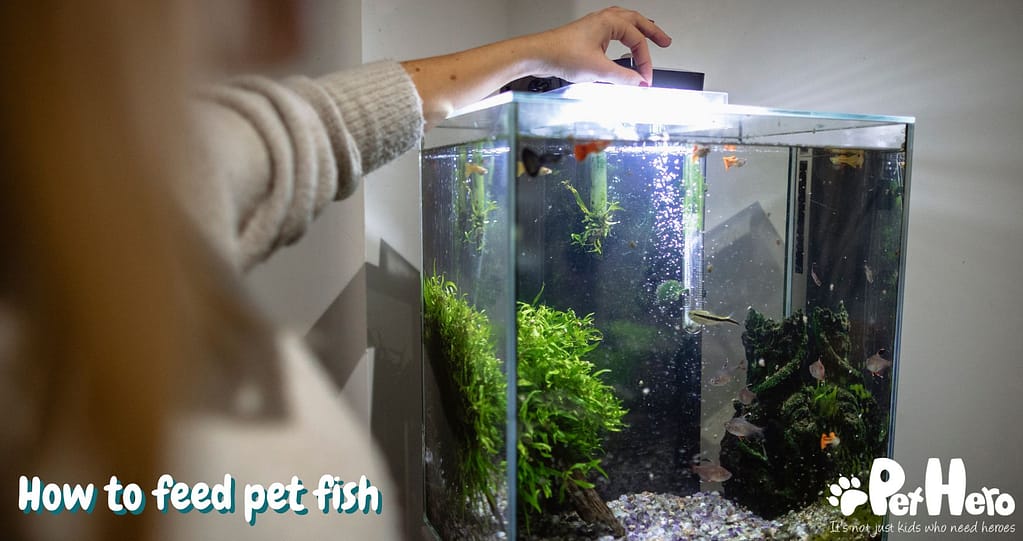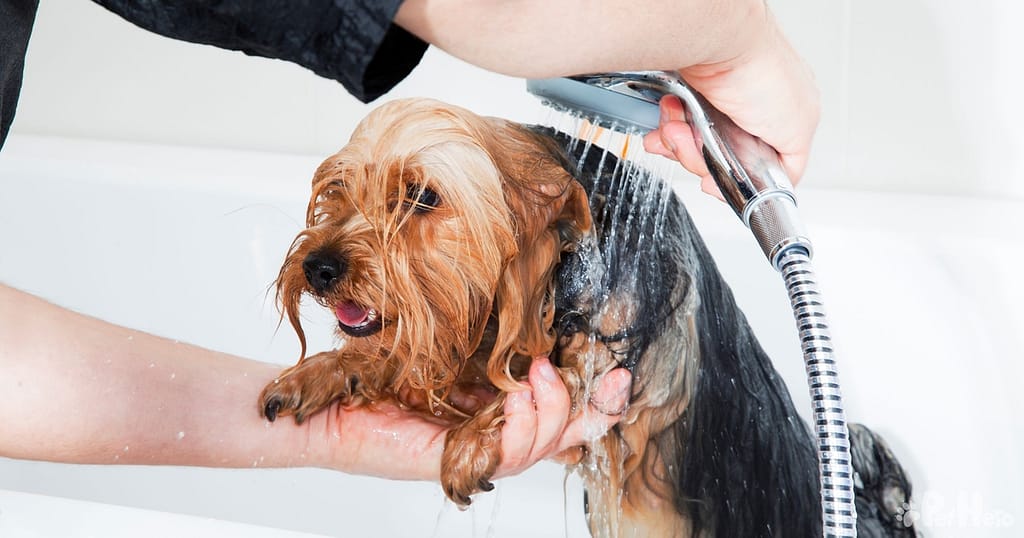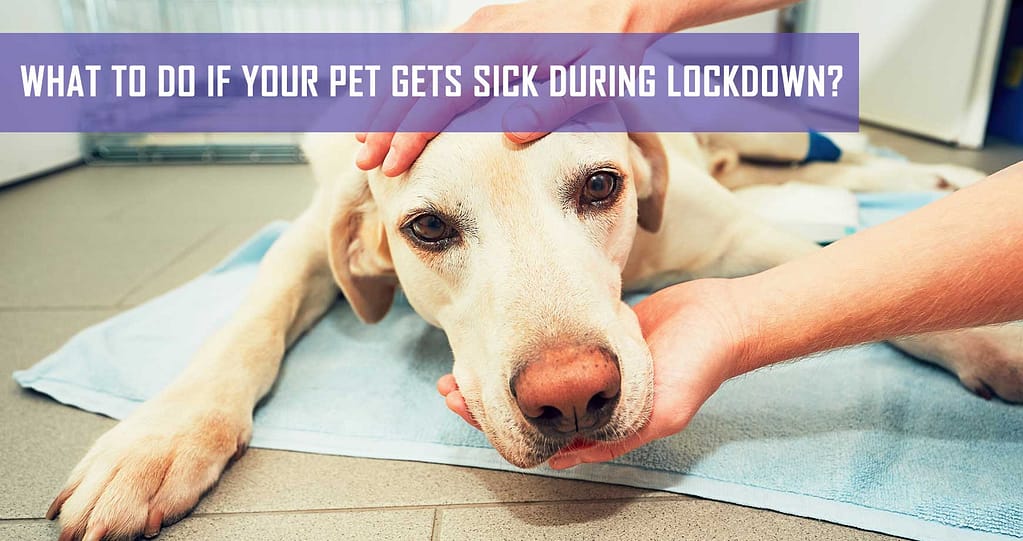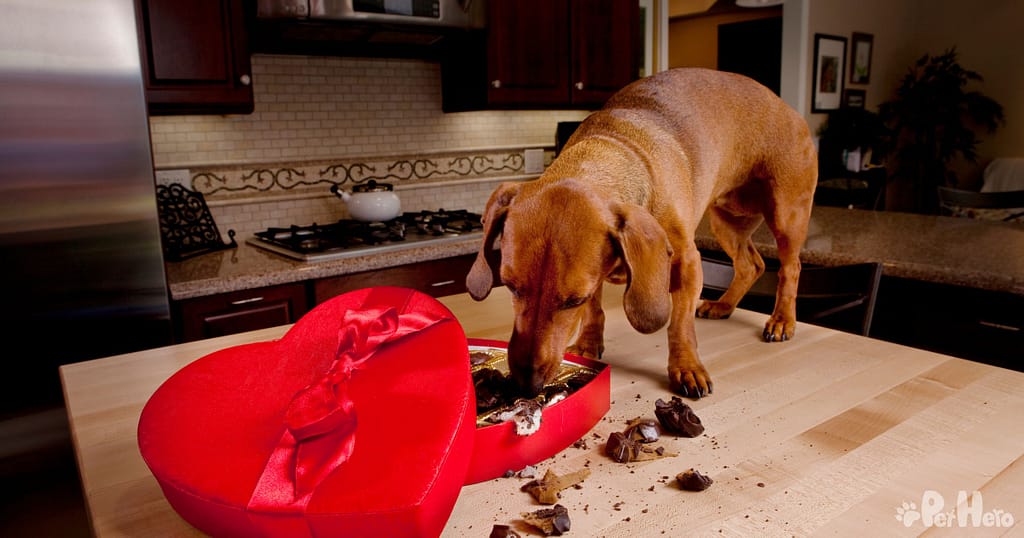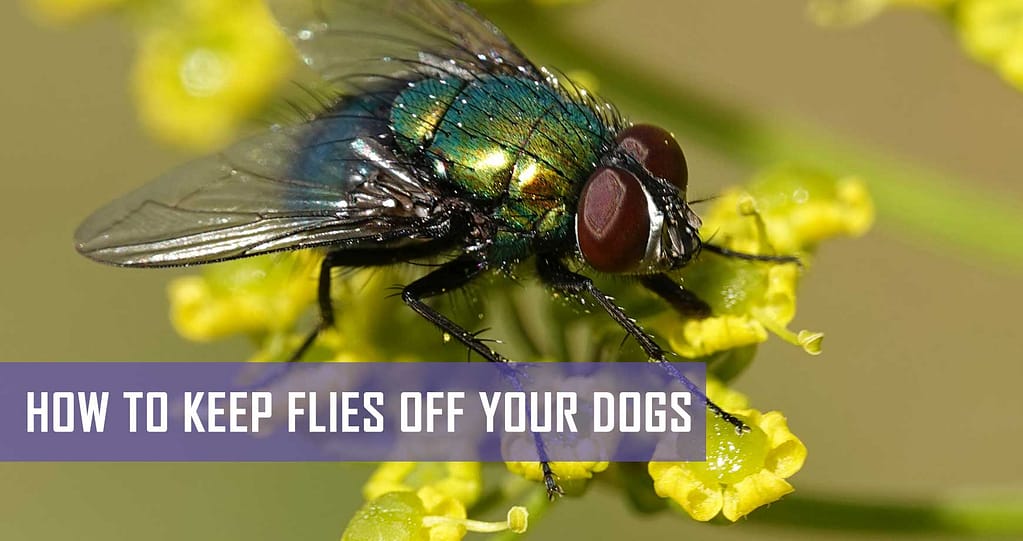You may have noticed that Pet Hero recently added fish food and products to our extensive online shop catalogue – that’s because fish are friends too! And, just like our furry friends (dogs), purry friends (cats), fuzzy friends (small pets) and feathered friends (birds), the best place to start with proper pet care for our finned friends is giving lots of consideration to what, when and how much they eat.
That’s right – the health, wellbeing and longevity of fish starts when their nutritional needs are met.
What should I feed my pet fish?
If you’re a beginner pet fish owner, welcome to the sea of knowledge you’re about to dive into. If feeding fish makes you think of fish flakes, that’s just one entrée on the menu. There are as many types of speciality fish foods as there are categories of fish: from flakes, cakes, sticks and crisps, to wafers, bits, tablets and pellets.
The different types of fish you want to keep in your aquarium will determine which fish food you need to buy. It becomes a bit more interesting when you combine different fish species in one tank, and those fish eat different types of fish food. This can be simplified by differentiating between bottom feeders like herbivorous plecos and sucking loaches (whose fish food sinks to the bottom of the tank), and top- or mid-water feeders like guppies, tetras, goldfish and mollies (whose fish food might not get a chance to sink to the bottom of the tank!).
Carefully read the fish food applications in each fish food product description, and buy the fish food that is most appropriate for your aquarium setup. As with dogs and cats, each fish needs the right food that is suited to their species and lifestyle.
When should I feed my pet fish?
In the wild, fish tend to eat in the early morning and before sunset. However, the fish in your tank aren’t wild and they don’t simply forage like herbivorous fish in dams and the sea. It is advisable that your fish eat on a schedule and you’ll see that they quickly learn the ‘rhythm’ of that schedule: they’ll act up when feeding time approaches! If you want to feed your fish in the morning, make sure the aquarium light has been on for about half an hour before morning feeding time. Evening meals should also be followed by half an hour of light before your turn off the aquarium light. If there are some nocturnal fish in your tank, feed them a little while after lights out with fish food that sinks to the bottom of the tank.
Some fish owners like to feed their fish twice or three times a day. This depends on the size of the tank, the number of fish and the amount of food that is fed. Feeding small amounts multiple times a day could help to mimic the way foraging herbivores would eat in their natural environment. However, carnivorous fish don’t eat as often because in the wild they wouldn’t always be successful at catching their prey, and are used to eating infrequently. Try to match the natural eating habits of your herbivorous and carnivorous fish, as this will ensure their optimal health because it’s what their species are used to.
How much should I feed my pet fish?
This is the most critical question when it comes to the proper feeding of pet fish. Feed your fish too little and they could become stressed, underfed and have compromised immunity. Feed too much and it can make the fish fat and diminish the quality of the water. Too much food = lots more fish poop, increased levels of ammonia and nitrates in the water and food wastage at the bottom of the tank. This can also have a negative effect on the oxygen levels in your fish tank.
Many beginner fish owners make the mistake of overfeeding their fish; not realising that fish are opportunistic feeders and will dash for the food whenever it appears in the tank. It might take a while to find the right balance of how much food to feed in the course of 24 hours, but in that time, take note of how much your fish eat in 30 seconds to two minutes. Anything left after that is a waste.
Fish need between 14 and 24 hours to digest their food, so some fish-keeping experts recommend only feeding your tank fish once a day. Some suggest two very light feedings per day so that foraging herbivores have a regular supply of food. It’s important to find the right balance for your fish tank and its inhabitants. If your tank water is not looking its best, clean the filters, lightly suction the tank gravel with a gravel cleaner, and decrease the size of your feedings.
Top tips for feeding fish in your aquarium
- Live aquarium plants can provide an alternative food source between meals if you prefer feeding your herbivorous fish only once a day.
- Fish fry (newly-hatched fish) need more regular feedings. Keep fry in a separate tank to ensure the adult fish don’t steal their food.
- If you’re new to fish keeping, and have only one or a few fish, buy small containers of fish food to ensure the food stays fresh.
- Whether your fish tank water is warm or cold will also speed up or slow down your fishes’ metabolism, respectively. Gauge whether your fish need a little more or a little less food when temperatures fluctuate.
If you are an experienced fish owner, drop us a comment with some helpful tips for newbie pet fish heroes.

